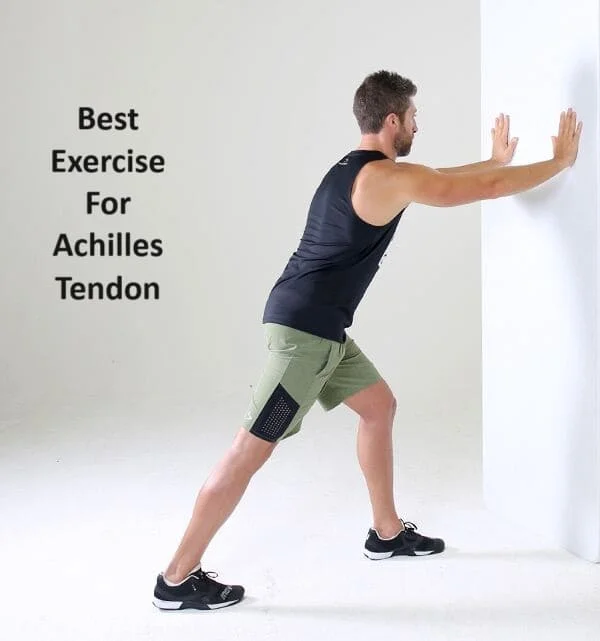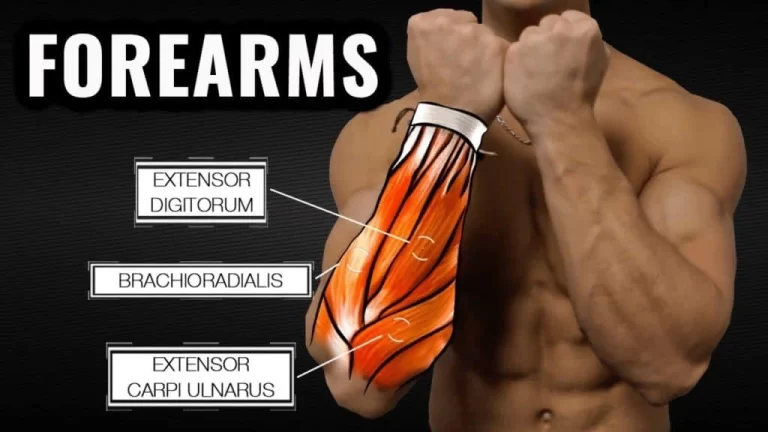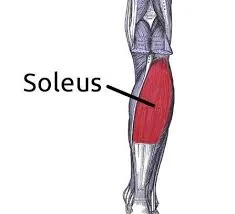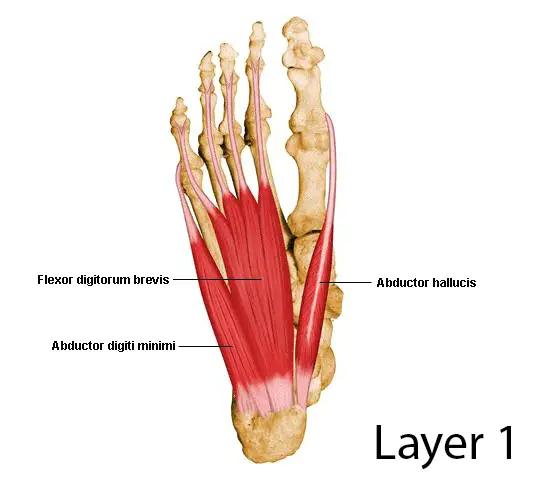6 Best Exercises for Achilles Tendon
Table of Contents
Introduction
The Achilles tendon is a robust fibrous band that connects the calf muscles to the heel bone, playing a crucial role in various movements, such as walking, running, and jumping. Despite its strength, the Achilles tendon is susceptible to injury and can be a source of discomfort or pain if not properly cared for.
Engaging in targeted exercises can help strengthen and improve the flexibility of the Achilles tendon, reducing the risk of injury and promoting overall lower limb health.
- Recovery from disorders affecting the Achilles tendon can be aided by certain stretches, such as the calf stretch, and strengthening activities like heel raises.
- Stretching can aid in rehabilitation if you have Achilles tendonitis or inflammation of the Achilles tendon.
- Physical activity that is both excessive and intensive is typically the cause of Achilles tendinitis. Tightness, weakness, pain, and a restricted range of motion are among the symptoms.
- Although the terms Achilles tendinopathy and Achilles tendonitis are sometimes used interchangeably, they are not the same. The deterioration and injury of collagen within the tendon are known as Achilles tendinopathy. It appears when persistent Achilles tendinitis occurs.
- Achilles tendonosis, or tiny tears in the tendon, and an Achilles tendon rupture, which can be partial or total, are two more disorders that can harm the area. If Achilles tendonitis is left untreated, the likelihood of developing these diseases increases.
- Try these stretches for your Achilles tendon to enhance mobility and hasten healing.
Achilles tendon 3 stretches
Through the exercises in this guide, we will learn how to strengthen and stretch the Achilles tendon, increasing its stamina and enabling it to perform at its best in both daily activities and sports.
- Runner’s stretch

- An inflammatory Achilles tendon may stiffen and become uncomfortable. By releasing the tendon, the runner’s stretch, also known as the calf stretch, will relieve the strain.
- You will need a wall or another form of support, such as a chair, to do this workout.
- Put your hands up against the chair or wall.
Position your hands at eye level if you’re using a wall. - Lean the leg you wish to extend behind you and step.
Point your toes straight ahead while keeping your back heel on the ground. - Maintaining a straight back leg, bend the opposite knee in the direction of the wall.
- Until your calf begins to gently stretch, lean towards the wall. Avoid bending to the point of pain.
- For 30 seconds, hold. Finish the three repetitions.
- Try a runner’s stretch with your knees bent if trying to straighten your leg hurts.
- Bend your back knee starting closer to the wall and continue until you feel a stretch.
- Hold for 20-30 seconds, then repeat 3-5 times.
- Toe-to-wall stretch

- If the runner’s stretch hurts your shoulders, try the toe-to-wall stretch instead. Less strain is applied to the upper torso. This exercise improves mobility by lessening the strain on the Achilles tendon, much like the runner’s stretch.
- With the leg that’s giving you pain, do these exercises.
- Position your toes up against the wall while facing it.
- The stretch is deeper the higher you plant your toes.
- Maintaining your heel on the ground, bend forward. (Holding your heel down and toes forward, your other leg is behind you.)
- For 30 seconds, hold.
- Finish the three repetitions.
- Heel drop
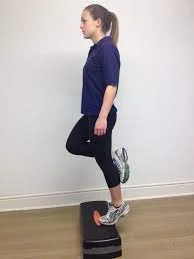
- The heel drop is another stretch on the Achilles tendon. It can be performed on a stepladder or stairwell. Make sure the stepladder is fastened into place before using it.
- Stretch the leg with the Achilles tendon problem by doing this.
- Hold to the staircase or ladder railings.
- Place the ball of your foot on the step’s bottom edge.
- Give your other foot a chance to unwind by letting your heel fall.
- For 30 seconds, hold. Finish the three repetitions.
Perform this exercise with the guidance of a healthcare provider if you struggle with balance.
Achilles stretching tips
- Regularly stretching your Achilles tendon will provide the best relief. Even if you don’t feel uncomfortable or stiff, you should still stretch.
- Remember these pointers to make the most of every stretch:
- Give it some time. Whether you’re shifting postures or going further into a stretch, proceed cautiously. By doing this, the chance of pain and injury will be reduced.
- Steer clear of bouncing. Severe, abrupt movements will exacerbate Achilles tendon problems. At every stretch, maintain your relaxed posture.
- Remain heel-down. Place your heel down on the floor while performing a calf stretch. The Achilles tendon won’t extend adequately if you elevate your heel.
- If you experience pain, stop. Stretch to the point of slight discomfort, then let go. Avoid pushing or straining your muscles. As soon as you experience severe pain, cease stretching.
- Recovering from Achilles tendinitis involves more than just stretching. In addition, your physician could advise you to take it easy, apply cold packs, and wear shoes with heel lifts.
Getting back to activities
- In general, wait to engage in activities like jogging or leaping until you are symptom-free.
- When it’s time to work out, go slowly. Commence at half of your starting point. Increase your activity level by up to 20 percent every week if you can exercise without experiencing pain.
- In the early stages of Achilles tendonitis, you may be able to stretch depending on your symptoms.
- Before beginning any kind of Achilles tendon stretch or workout program, it is advisable to consult a physician or physical therapist. If they are aware of your condition, they can validate beneficial workouts and offer advice.
3 Calf Strengthening Exercises
To strengthen your heel and calf muscles, you can also perform workouts. It’s critical to maintain the strength of these muscles because they are connected to your Achilles tendon. It will lessen the tendon’s strain and shield it from further issues.
Your Achilles tendon will become stronger as a result of muscle-building exercises.
- Seated heel raises
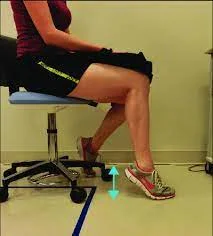
- Your calf collective muscles lift your heel when you perform seated heel lifts. Strength is increased, and the Achilles tendon is supported.
- Take a seat at a table or on a chair’s edge. Your feet should be shoulder-width apart.
- Heel as high as you can, take a moment, and then descend gently.
- Do 20 to 25 repetitions in a single set. Five to six times a day, repeat.
- Standing heel raises
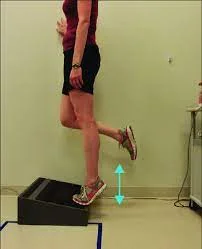
- You can perform heel lifts while standing if it’s comfortable. The muscles that are connected to your Achilles tendon are also worked in this variation.
- Place your feet shoulder-width apart as you stand.
For support, cling to a counter or chair. - Elevate your heels and ascend onto your toes.
After pausing, gradually drop your heels. - Do 20 to 25 repetitions in a single set. Repeat five or six times a day, maximum.
- Resistance band calf exercise
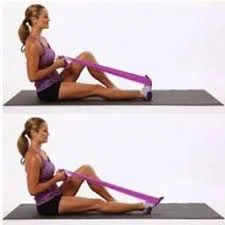
- Exercise the muscles in your heels and calf, you may also use a resistance band. These muscles are made to operate against resistance throughout this workout, which strengthens them.
- Use a light resistance band at first.
You can use a thicker, more resistant band as your tendon gets stronger. - Take a seat on a bed or the floor. Straighten your legs in front of you.
- To extend the ball of your foot, wrap a resistance band around it and slightly bend your knee. Using your hands, grasp the ends.
- To flex your foot in your direction, pull the band.
- Point your foot away from you, pause, and release.
- Complete 10 to fifteen repetitions in three sets.
What to remember
- Stretching might aid in rehabilitation if you have Achilles tendonitis or other problems with your Achilles tendon. Through tendon elasticity, these exercises increase the range of motion.
- The calf and heel muscles that are linked to the tendon can also be toned using strengthening activities. The tendon will experience less stress the stronger the muscles.
- Before beginning any Achilles tendon stretches or strengthening activities, consult your physician. It’s crucial to take it easy and minimize activity while recovering. Your physician can advise you on the safest method to resume your regular activities.
- Seek medical assistance if you experience any improvement in your Achilles tendon.
FAQs
Tie a bandage, strap, or resistance band around one foot’s ball. Then, to flex your foot, gently pull the object towards you. After maintaining the posture for a short while, slowly relieve the pressure. By forcing your Achilles tendon to operate against resistance, this workout strengthens it.
But continue to be physically active. It is a good idea to replace high-impact exercises like running with low-impact exercises like swimming, cycling, or short walks. This will lessen calf and heel pain as well as help with Achilles tendon repair.
Is it possible for Achilles to recover naturally?
Even moderate Achilles tendon injuries should recover on their own with reasonably easy at-home care administered under a physician’s supervision. It is always preferable to consult your physician first so that he can recommend the most effective mix of tactics.
References:
Nunez, K. 2023, April 3. Achilles Tendon Stretches and Strength Exercises. Healthline. https://www.healthline.com/health/achilles-tendon-stretch.

